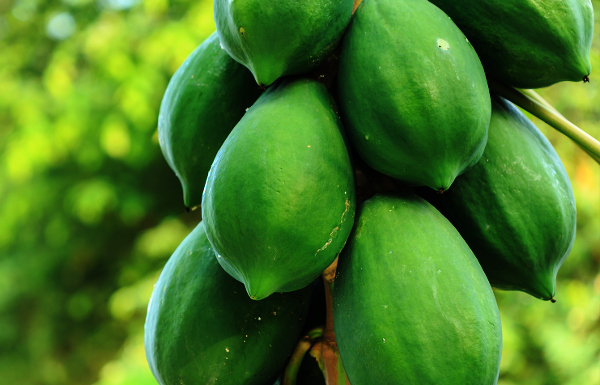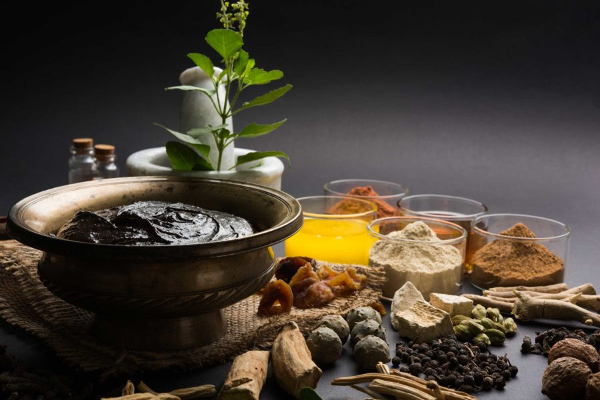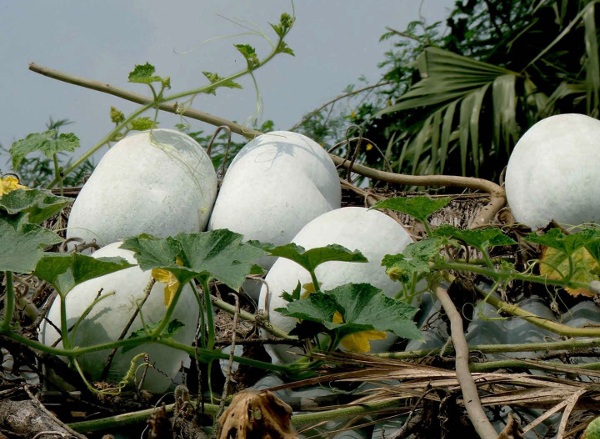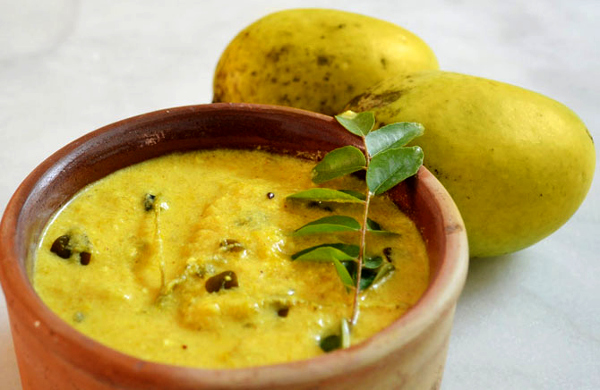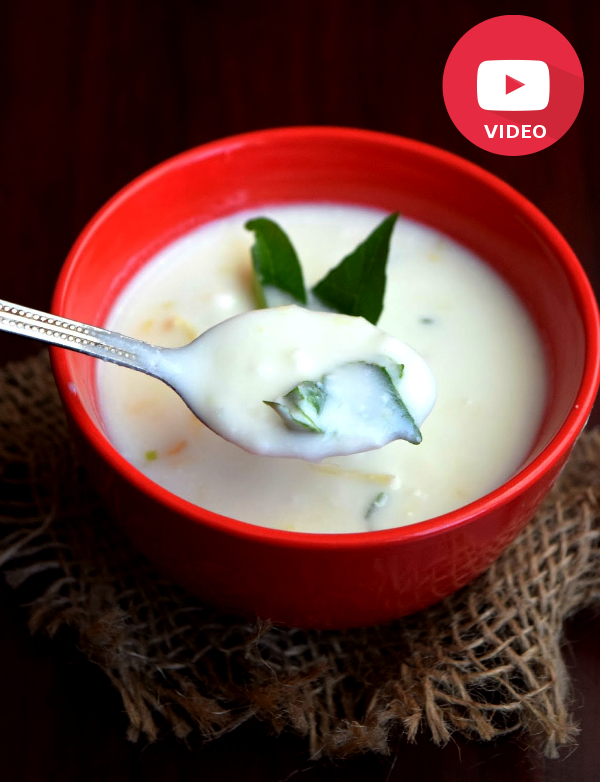Plastic Chutney: The Festive Bengali Dessert
The name of this West Bengali palate cleanser may raise a few eyebrows, but rest assured, plastic chutney contains nothing in the way of BPA-laden, kitchen-grade plastic. Glossy, translucent and perfectly safe to ingest, plastic chutney is a festive menu staple that takes its name not from its ingredient list – raw green papaya cooked in sugar syrup – but from its appearance, which resembles gooey, melted plastic in a bowl.
